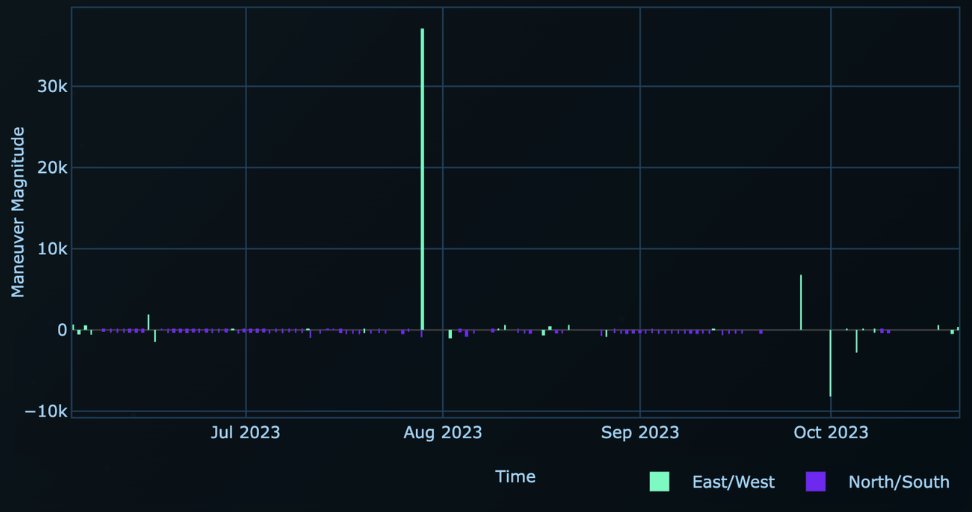The essay by @KofmanMichael in this volume is the single most interesting thing I've read on NATO-Russia military questions for a long time. "While in the abstract NATO may appear superior ... in reality Excel spreadsheets don’t fight"
frivarld.se/wp-content/upl…
frivarld.se/wp-content/upl…
"The Russian General Staff would not expect the decisive phase of conflict to last beyond 2-3 weeks, at which time most precision-guided munitions would be expended and the war liable to escalate to nuclear employment." frivarld.se/wp-content/upl…
"From a Russian perspective, the initial period of war will be decided by the contest between aerospace assault and aerospace defense, and the ability of the two sides to destroy each other’s critical infrastructure. Ground forces matter little" frivarld.se/wp-content/upl… 

"While Moscow expects any war with a coalition to constitute a regional war, there is a perplexing notion in the West that conflict can be localized to the Baltics ... a conflagration in the Baltics is a low probability event" frivarld.se/wp-content/upl… 

"Those familiar with the last several decades of US combat operations would recognize that A2/AD as a strategy against US airpower is not especially viable, which is why Russian literature on the subject clearly indicates that they consider defense to be cost prohibitive"
"Russian operational-level thinking has leaned more towards the offensive ... far too much attention is paid in the West to the problem of getting forces into the theater, not enough time is spent on question of attrition in the initial period of warfare" frivarld.se/wp-content/upl…
On Russian options for escalation management. "These include deterrence by intimidation, the use of single or grouped strikes with conventional precision weapons, nuclear demonstration, and selective nuclear strikes in follow-on phases of conflict" frivarld.se/wp-content/upl… 

"Whether NATO collectively responds to aggression is immaterial as long as the US commits and is afforded opportunity to do so by necessary allies .. without the US, even if all of NATO responds its chances of success in the initial period of war are slim" frivarld.se/wp-content/upl…
"deterrence remains a common place slogan for policies that are about anything except deterrence. Meanwhile, there is no strategy for dealing with Russia beyond sanctions, spending on military capability in Europe" frivarld.se/wp-content/upl… 

• • •
Missing some Tweet in this thread? You can try to
force a refresh











